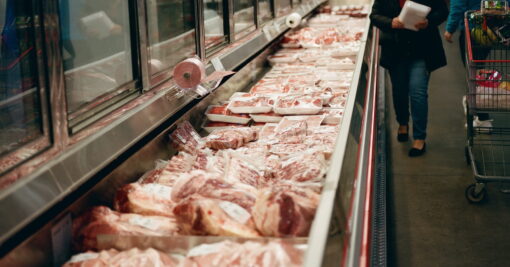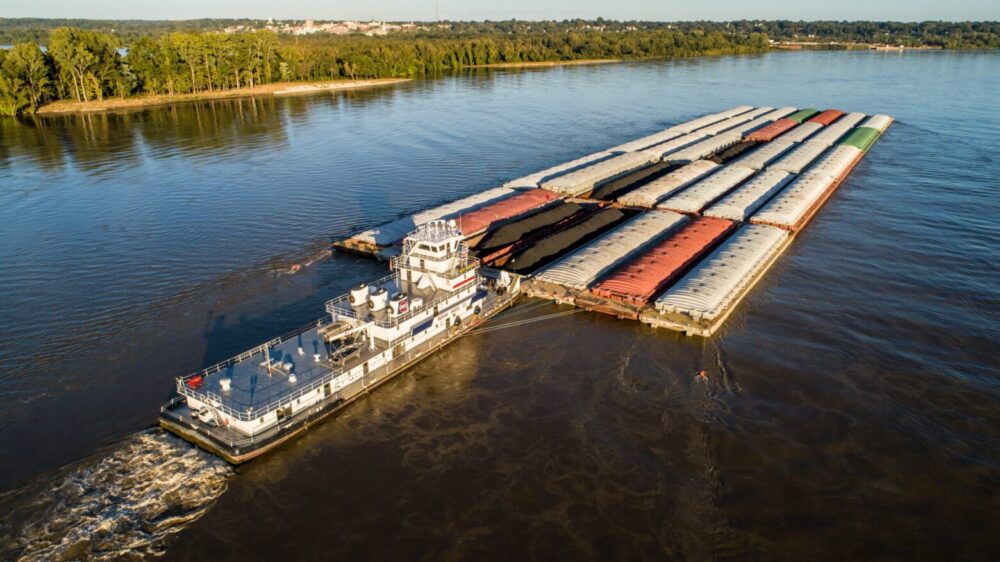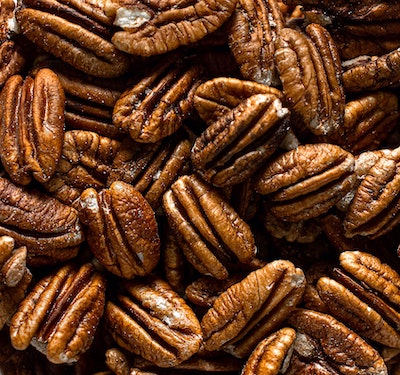The United States and Brazil are the leading beef exporters (Figure 1). However, they focus on different markets. Figure 2 illustrates the world trade flow value in 2020. Accordingly, China is the leading destination for Brazilian beef ($4.1bn), while Japan is the primary consumer of American meat ($2bn). Nevertheless, the U.S. has a more diversified client portfolio, with relevant exports to Japan (27%[1]), Korea (24%), Mexico (10%), Hong Kong (8.5%), and Canada (7.5%). As for Brazil, most exports are destined for China (50%), Hong Kong (14%), and Egypt (8.7%).
Figure 1 – 2020 Beef Trade: Top, Growing, and Declining Exporters (Value)

The two countries compete in the Hong Kong market more directly, which imported 42% (309k tons) of its beef from Brazil and 11% (81.3k tons) from the U.S. in 2020. However, when we compare the values of meat imports from Hong Kong, Brazil’s share drops to 39% ($1.1bn), and the U.S. rises to 22% ($635m). Boneless beef cuts (frozen) show America’s superior ability to market its product. Worldwide, American frozen beef had an average premium of 24% over Brazilian meat in 2020. In the case of Hong Kong, that year, Brazil exported 182k tons ($771m) and the U.S. 56.9k tons ($462m) of frozen beef, a 92% premium for the American product. Furthermore, the 2020 Phase One Trade Agreement opened the Chinese market to the U.S., bringing competition from the two largest exporters to the most prominent and growing consumer market.
Figure 2 – 2020 World Beef Trade (Value)

Unlike Brazil, the U.S. is a significant beef importer (Figure 3), mainly from Canada ($1.8bn), Australia ($1.5bn), and Mexico ($1.5bn). Australia competes for the Korean and Japanese markets with the U.S. and the Chinese markets with Brazil. Beef trade between the U.S. and Brazil is timid, as the U.S. exported $33m to Brazil and imported $154m from the country between 2015 and 2020 (CHRTD, 2022).
Figure 3 – 2020 Beef Trade: Top, Growing, and Declining Importers (Value)

[1] The percentages correspond to the total value exported in 2020.
Reference
CHRTD – Chatham House Resource Trade Earth. Trade Data. 2022. Available online: https://resourcetrade.earth/

Author: Yuri Clements Daglia Calil
Assistant Professor and Extension Specialist
Texas A&M University
Clemets Daglia Calil, Yuri . “The U.S. and Brazil in International Beef Markets.” Southern Ag Today 2(51.4). December 15, 2022. Permalink













